
NEWS
Fabulous Flip Sides Engelbert Humperdinck and Producer Joel Diamond
October 26, 2018 Goldmine by Warren Kurtz
We catch up with Engelbert on his two new albums and Joel on his work with Engelbert, Al Martino, Benny Mardones, an upcoming lifetime achievement award, and a special duets project with his wife Rebecca Holden and iconic male vocalists.
Part One – Producer Joel Diamond
GOLDMINE: On November 7, in one of our favorite states, Nevada, you and your wife Rebecca Holden will be in Las Vegas, as you receive your award for Lifetime Achievement Music Producer from Hollywood F.A.M.E. (Film, Art, Music and Entertainment). Congratulations! You certainly have given me a lifetime of music to enjoy with Engelbert Humperdinck, Al Martino and others. You have also had unbelievable success in Europe with the music of someone my wife Donna and I have been amused by in the Sharknado films, David Hasselhoff.
JOEL DIAMOND: Thank you. Funny that you mention Sharknado. When most people think of David, they say “Knight Rider,” which is true for Rebecca too, where she played the role of April Curtis. For the past five years, Rebecca and I have been working on the Dreams Come True project, featuring her title tune vocal duet with Jon Secada, with the music based on Pachelbel’s “Canon.” It is a unique packaging of the album, with high end jewelry. The album is a flash drive within the pendant and is real classy. Rebecca sings duets with Engelbert, Tony Orlando, Bill Medley, Gary Puckett, Jack Jones, Little Anthony, Tommy James, Trini Lopez, David Clayton-Thomas, Robert Tepper, Benny Mardones and more. It will be available very soon.
GM: Rebecca isn’t the only female singer you have worked with over the years. Both sides of Helen Reddy’s final U.S. charting single in 1981 from her Play Me Out album are so different and entertaining. “I Can’t Say Goodbye to You” is sophisticated and the flip side, “Let’s Just Stay Home Tonight,” with Charlie Calello’s arrangement, is a fun dance number, reflective of the late ‘70s sound. The following year we began hearing one of my favorite female singers from the ‘80s, Laura Branigan. What class and power. I was so sad when she passed away in 2004.
JD: I was heartbroken too. She was just magnificent. We recorded a song that she had written early on called “Memories.” We also recorded “A Much, Much Greater Love,” which made our Love Songs compiliation CD.
GM: That compiliation begins with Benny Mardones’ 1989 second hit version of “Into the Night.” When I was selling records at Peaches in 1978, while in college in Cleveland, we were rooting for Benny, a Cleveland native. We loved the first song on his 1978 Thank God For Girls album, “All For a Reason,” and we carried the single version of it too, where they kept the five minute length of the song. The female background vocals were so strong. On the album cover Benny was wearing a shirt with a label of “The King 1935,” as a tribute to Elvis. We played side one as often as we could, but sales were slim and radio play was pretty nonexistant. Then, in the summer of 1980, after my wife Donna and I had moved from Cleveland to Dallas, we finally heard Benny on the radio with “Into the Night.” I have also been enjoying your new sophisticated “Re-Recorded 3rdTime – Official Video – Producer’s Cut” version online.
JD: In 1969 I was new at Mercury. Benny got off of the bus, came to my office and said “I want to sing for you.” I knew right away that he had potential. I have enjoyed working with him throughout his career. At the end of the ‘80s DJ Scott Shannon had a nightly “One Hit Wonders” radio show. Even though “Into the Night” reached No. 11 in 1980, a lot of people still hadn’t heard it, maybe these were younger listeners, who missed it at the beginning of the decade. The switchboard lit up with requests for “Into the Night.” There were record label sniffers interested, after they found out about this resurgence. I called Mike Curb to record a second version of the song. “Into the Night” became a hit for a second time in 1989. Now there is the new recording with a great arrangement by Ted Perlman. Wouldn’t it be something for the song to be a hit for the third time?
GM: Going back to 1978 again, we celebrate the 40th anniversary of Al Martino’s The Next Hundred Years album featuring the title tune, his final Top 100 charting single. It’s flip side was a gentle version of “After the Lovin’,” which you helped to make a hit the prior year with Engelbert.
JD: Half of the songs on the album are written by a pair of my favorite writers Alan Bernstein and Richie Adams, including both sides of that single. You can hear the use of female background singers prominently on “The Next Hundred Years,” as I had done on Engelbert’s recordings. Linda November is a great singer and she would bring a group of other singers with her. For the flip side, I used a music box sound at the beginning and the end of “After the Lovin’” after asking myself, “What can I do differently versus the Engelbert version?”
GM: The second single from the album was another pair of favorites of mine “One Last Time” / “Here I Go Again.”
JD: The A side was written by the Addrisi brothers. I am still in touch with Richard Addrisi. They were known primarily as the writers of “Never My Love” for The Association in the ‘60s. In the early ‘70s I took them to Clive Davis at Columbia and he was convinced to sign them to the label. Their love song “You Make It All Worthwhile” was the intended hit until a DJ flipped the single over and “We’ve Got To Get it On Again” became a Top 40 hit for them in ’72. Getting back to Al Martino’s flip side, he loved the flip side of “One Last Time,” another Bernstein and Adams song, “Here I Go Again.”
GM: Another of their compostions that I think is so strong on the album is “Kentucky Mornin’.”
JD: That is a beauty and I thought it had potential too.
GM: The album concludes powerfully with “A Song For Lovers,” which you also included on your Love Songs CD.
JD: The song gets really big at the end, as the album’s finale. I told the legendary engineer Bob Clearmountain, “Bob, we need a really big sound.” We had a live forty piece orchestra on the album and I spotted a tympani. I wheeled the instrument into the hallway, where there was an echo. Drumsticks wouldn’t cut it for what I wanted. It was raining that day and I saw an umbrella. So my suggestion was, at the end, smash the tympani with the handle of the umbrella, and it worked, fortunately, for the big finish. This album experience was certainly new for Al. Harold Wheeler was the arranger, who had a Top 10 club hit with his version of “Baby Face” and went on as the band leader for “Dancing with the Stars” for sixteen seasons. The album turned out wonderfully and I am still in touch with Al’s wife and daughter.
GM: When I interviewed Engelbert last year, we covered songs from the ‘70s After the Lovin’ and Last of the Romanticsalbums. As we close, can we talk about a couple of these songs, too? “Let Me Happen to You,” “The Hungry Years” and “Love Me Tender.”
JD: “Let Me Happen to You” was written by Bobby Eli from Philadelphia, part of the MFSB group. “The Hungry Years” was written by Neil Sedaka and Howard Greenfield. Howie invited me to dinner and asked if Engelbert would sing it, which he did so powerfully. On the After the Lovin’ album, Engelbert also had an early version of “Can’t Smile Without You” before Barry Manilow, and then somebody in Barry’s camp heard it and, well, what a hit Barry made of it. On the Last of the Romanticsalbum, Engelbert’s version of “Love Me Tender” is absolutely beautiful. I met Priscilla Presley recently and I’ll have to send her a version of this song that Elvis co-wrote. Another one from that album, and on Al’s album too, is “Sweet Marjorine,” written by Arnold Capianelli and Robert O’Connor, my original partners from ’68. Thank you for covering so much of my productions and Engelbert’s work too.
Part Two – Engelbert Humperdinck
GOLDMINE: Last year we covered fifty years of your music in our interview including a couple of new songs. Since then you have released two more albums, let’s start with the album The Man I Want to Be.
ENGELBERT HUMPERDINCK: I dedicate the album to my wife Patricia. We have been married 54 years. Our granddaughter Olivia, who is a great singer, and I am not just saying that as a proud grandpa, sings with me on “I’m Glad I Danced with You,” which was written by my daughter and son-in-law. I specifically want to dedicate “Just Like the First Time” to Patricia.
GM: A love song I was pleasantly surprised to be included, and one that fits you so perfectly, is Bruno Mars’ “Just the Way You Are.” Our daughter Brianna and I saw him in concert. That was exciting.
EH: Last year we talked about Elvis with his recording of my “Release Me” and my recording of his “Love Me Tender.” Well, there is a Bruno Mars and Elvis story too. Decades ago, I was in Hawaii and my fan club president set up a special night where a 5 year old boy performed Elvis songs, dressed like a little Elvis. It was Bruno Mars. Even at 5 he had amazing energy and was a great young showman.
GM: Your new album opens with “Absolute Beginner,” with almost a country sound that we might hear from Tim McGraw.
EH: Isn’t that a great song? After people get familiar with the album, I am thinking of using it as an opening song for my concerts as a great beginning number.
GM: Continuing with a slight country sound on the next track, reminding me in theme of Kenny Rogers’ “She Believes in Me,” is the album’s title tune, “The Man I Want to Be.”
EH: Jon Allen is always such a talented writer and he certainly came through on that song.
GM: My favorite song is “How Can You Live with Yourself.” I didn’t know this one even though I sure recognize the writers’ names.
EH: That is a song that the producer Jurgen Korduletsch found. It is written by Richard Marx and Fee Waybill of The Tubes. Richard Marx sent me a very nice note of thanks for including it in the album.
GM: After the first ten songs, there is a section of three show favorites, of which I am least familiar with “Welcome to My World.” I know Jim Reeves had a country hit with it in the ‘60s and that your friends Dean Martin and Elvis also recorded versions of it.
EH: Yes, the set begins with “Crazy,” a great Willie Nelson version that people know by him and Patsy Cline, too. Then it moves to “On Broadway,” another great song that has been a hit multiple times, before ending with “Welcome to My World.”
GM: In our interview last year, you mentioned your Christmas Tyme album, with Linda November as a key background vocalist. Now you have released Warmest Christmas Wishes. I love the waltz “Around the Christmas Tree.”
EH: That is a great song, I hope it has potential for a new standard.
GM: “A Christmas For the Family” is fun and bouncy, reminding me of a song you would hear on a Christmas special. In 1971, Bing Crosby released the Chrismas single “A Time to Be Jolly,” and this new song puts a similar smile on my face.
EH: That one is written by Jurgen. He approached me with it and I think it fits nicely on the album.
GM: There is the imagery of “Driving Home for Christmas,” bringing a cozy feeling like Perry Como’s “Home for the Holidays.”
EH: I love it. You see people driving to their holiday destinations, tapping on the steering wheel, and I wonder what they are listening to. Is it the same song playing in my car?
GM: Finally, there are a pair of classic Christmas songs that truly shine on this new collection. “Still Still Still” is one I seldom hear but love. I was first introduced to this 1811 carol by the folk trio Trifolkal. Your blending with the choir on “Silent Night” is incredible. What a wonderful new recording of that classic.
EH: Both are very European in style. I had known music director Jeff Sturges since working with him in 1973. He created this great arrangement and recently passed away, leaving this behind for us to enjoy and celebrate his talent.
GM: Both albums will certainly please fans. Have a wonderful time with all your upcoming concerts.
EH: Thank you. I hope to see you there.

 All About Love
All About Love You’re The First, The Last, My Everything
You’re The First, The Last, My Everything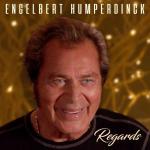 Regards
Regards Sentiments
Sentiments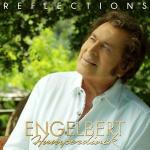 Reflections
Reflections Warmest Christmas Wishes
Warmest Christmas Wishes The Man I Want to Be
The Man I Want to Be  The Complete Decca Studio Albums
The Complete Decca Studio Albums Engelbert Humperdinck - 50
Engelbert Humperdinck - 50 Duets
Duets Christmas CD
Christmas CD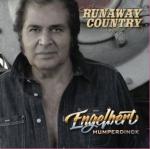 Runaway Country
Runaway Country Engelbert Calling
Engelbert Calling Released
Released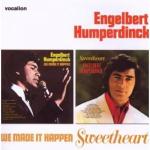 We Made It Happen/Sweetheart
We Made It Happen/Sweetheart My Love/King of Hearts
My Love/King of Hearts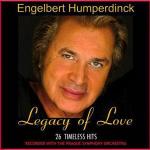 Legacy of Love Disc 2
Legacy of Love Disc 2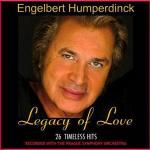 Legacy of Love Disc 1
Legacy of Love Disc 1 The Winding Road
The Winding Road 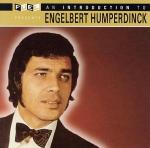 An Introduction to Engelbert Humperdinck
An Introduction to Engelbert Humperdinck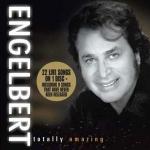 Totally Amazing
Totally Amazing 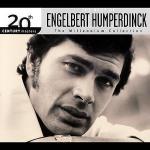 Best of Engelbert Humperdinck: The Millenium Collection
Best of Engelbert Humperdinck: The Millenium Collection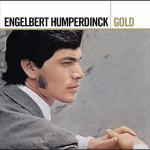 Gold
Gold Let There Be Love
Let There Be Love  Love Songs and Ballads
Love Songs and Ballads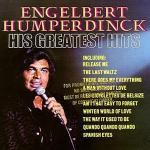 His Greatest Love Songs
His Greatest Love Songs  Release Me
Release Me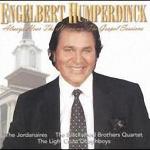 Always Hear the Harmony: The Gospel Sessions
Always Hear the Harmony: The Gospel Sessions  Engelbert Humperdinck Live
Engelbert Humperdinck Live  Definition of Love
Definition of Love 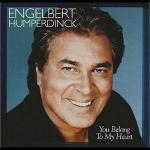 You Belong to My Heart
You Belong to My Heart ![Love is the Reason [DM]](/images/g_image_thumb/music-000072.jpg) Love is the Reason [DM]
Love is the Reason [DM]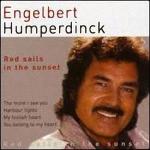 Red Sails in the Sunset
Red Sails in the Sunset 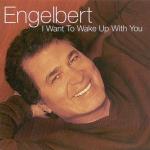 I Want to Wake Up With You
I Want to Wake Up With You 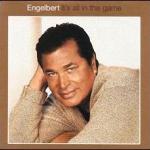 It’s All in the Game
It’s All in the Game 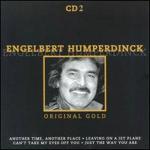 Original Gold Vol. 2
Original Gold Vol. 2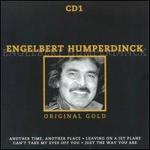 Original Gold Vol. 1
Original Gold Vol. 1 Evening with Engelbert Humperdinck & the Royal Philharmonic Orchestra
Evening with Engelbert Humperdinck & the Royal Philharmonic Orchestra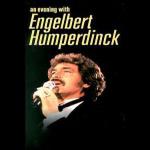 An Evening with Engelbert Humperdinck
An Evening with Engelbert Humperdinck 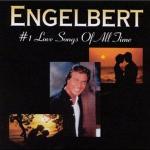 #1 Love Songs of All Time
#1 Love Songs of All Time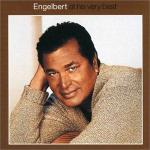 At His Very Best
At His Very Best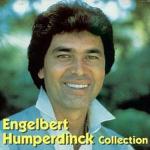 The Engelbert Humperdinck Collection
The Engelbert Humperdinck Collection  Live at the Royal Albert Hall
Live at the Royal Albert Hall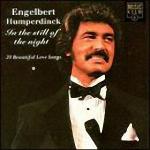 In the Still of the Night: 20 Beautiful Love Songs
In the Still of the Night: 20 Beautiful Love Songs![Dance Album [Bonus Track]](/images/g_image_thumb/music-000056.jpg) Dance Album [Bonus Track]
Dance Album [Bonus Track]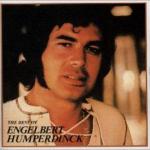 The Best of Engelbert Humperdinck Live
The Best of Engelbert Humperdinck Live 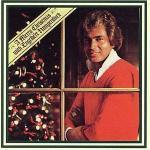 Merry Christmas with Engelbert Humperdinck
Merry Christmas with Engelbert Humperdinck![Evening with Engelbert Humperdinck 2 [Live]](/images/g_image_thumb/music-000054.jpg) Evening with Engelbert Humperdinck 2 [Live]
Evening with Engelbert Humperdinck 2 [Live] ![Evening with Engelbert Humperdinck 1 [Live]](/images/g_image_thumb/music-000053.jpg) Evening with Engelbert Humperdinck 1 [Live]
Evening with Engelbert Humperdinck 1 [Live] The Dance Album
The Dance Album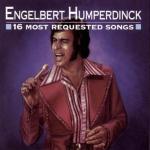 16 Most Requested Songs
16 Most Requested Songs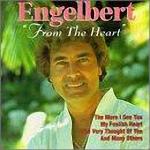 From the Heart
From the Heart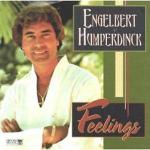 Feelings
Feelings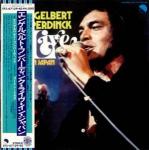 Live in Japan
Live in Japan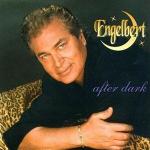 After Dark
After Dark You are So Beautiful
You are So Beautiful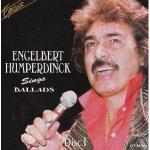 Sings Ballads
Sings Ballads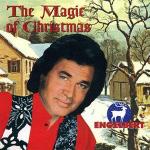 The Magic of Christmas
The Magic of Christmas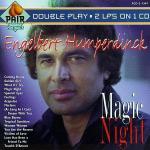 Magic Night
Magic Night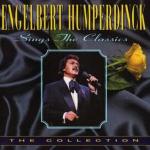 Engelbert Humperdinck Sings the Classics
Engelbert Humperdinck Sings the Classics Love Unchained
Love Unchained Christmas Eve
Christmas Eve Engelbert I Love You
Engelbert I Love You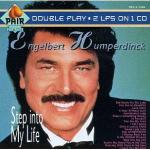 Step into My Life
Step into My Life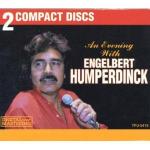 An Evening with Engelbert Humperdinck
An Evening with Engelbert Humperdinck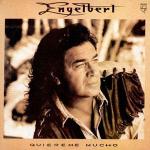 Yours: Quiereme Mucho
Yours: Quiereme Mucho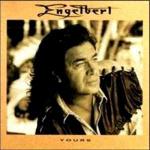 Yours
Yours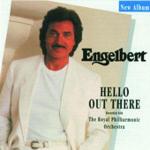 Hello Out There
Hello Out There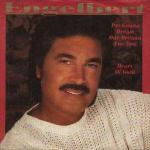 Engelbert Heart of Gold
Engelbert Heart of Gold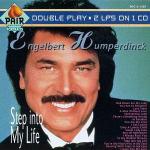 Step into My Life
Step into My Life Love is the Reason
Love is the Reason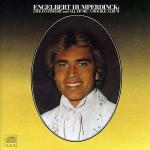 Live in Concert/All of Me
Live in Concert/All of Me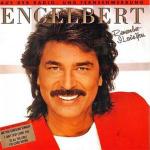 Remember I Love You
Remember I Love You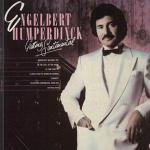 Getting Sentimental
Getting Sentimental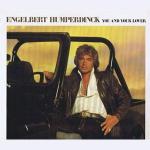 You and Your Lover
You and Your Lover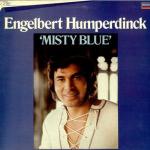 Misty Blue
Misty Blue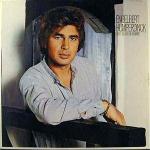 Don't You Love Me Anymore?
Don't You Love Me Anymore?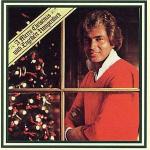 A Merry Christmas with Engelbert Humperdinck
A Merry Christmas with Engelbert Humperdinck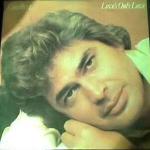 Love’s Only Love
Love’s Only Love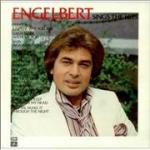 Engelbert Sings the Hits
Engelbert Sings the Hits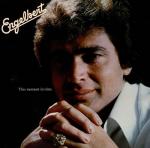 This Moment in Time
This Moment in Time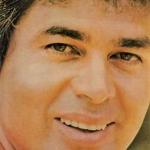 Love Letters
Love Letters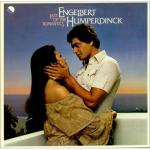 The Last of the Romantics
The Last of the Romantics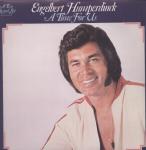 A Time For Us
A Time For Us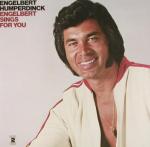 Engelbert Sings For You
Engelbert Sings For You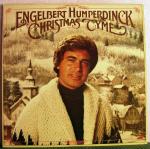 Christmas Tyme
Christmas Tyme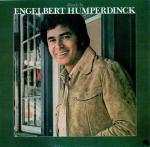 Miracles
Miracles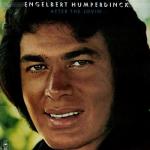 After the Lovin’
After the Lovin’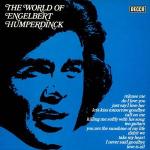 The World of Engelbert Humperdinck
The World of Engelbert Humperdinck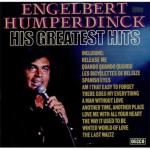 Engelbert Humperdinck His Greatest Hits
Engelbert Humperdinck His Greatest Hits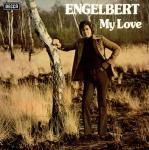 My Love
My Love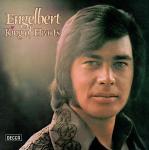 Engelbert King of Hearts
Engelbert King of Hearts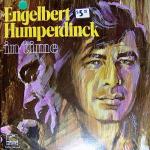 In Time
In Time Live at the Riviera Las Vegas
Live at the Riviera Las Vegas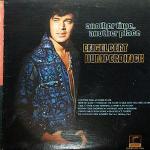 Another Time, Another Place
Another Time, Another Place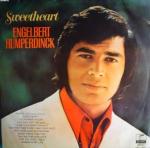 Sweetheart
Sweetheart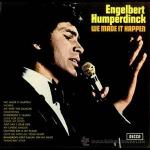 We Made It Happen
We Made It Happen Engelbert Humperdinck
Engelbert Humperdinck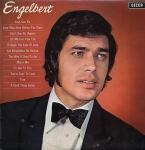 Engelbert
Engelbert A Man Without Love
A Man Without Love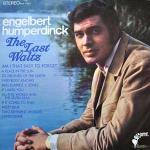 Last Waltz
Last Waltz Release Me
Release Me